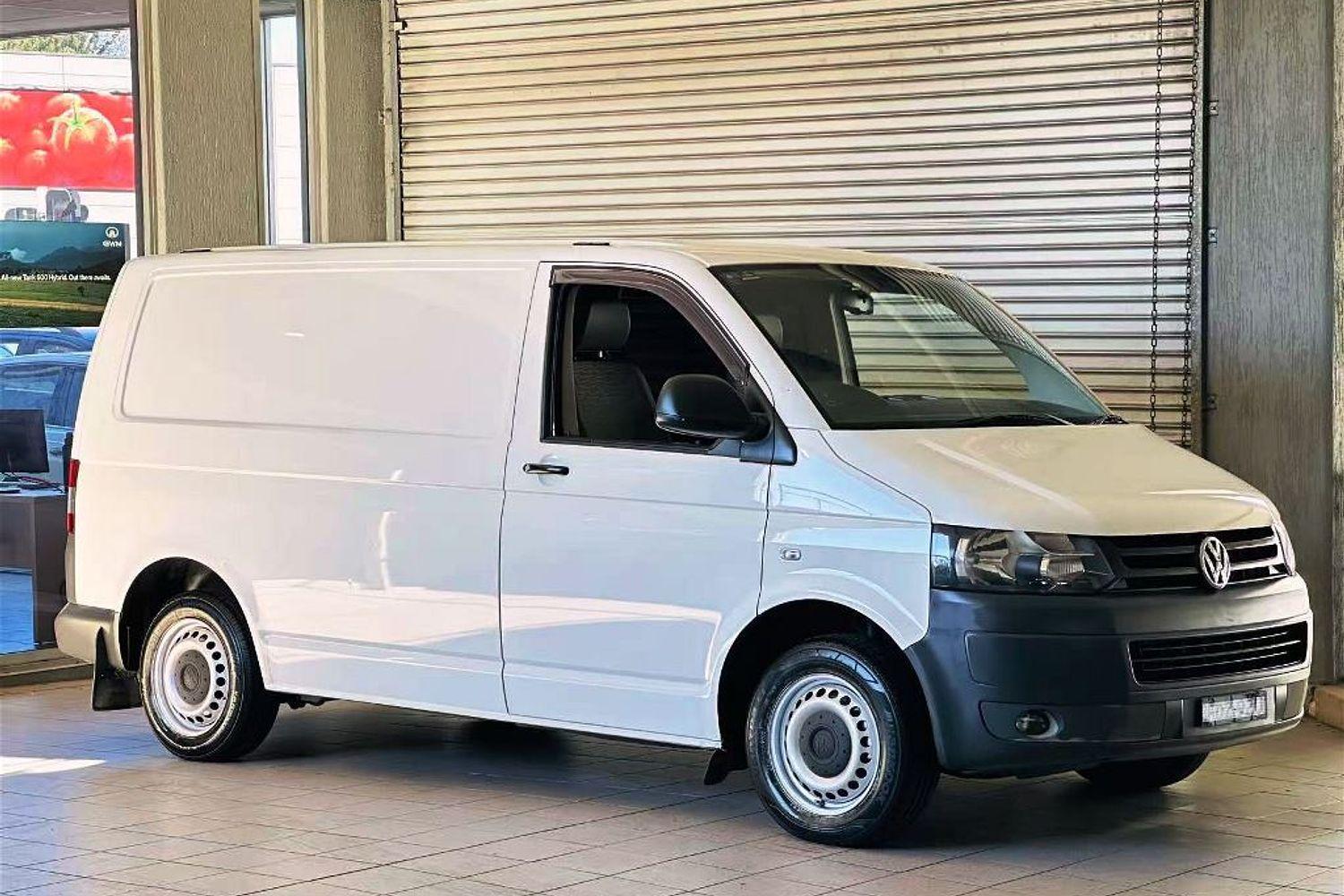2008 Land Rover Defender Review
It offers greater ability both on road and off road plus increased comfort, performance and refinement. A new 2.4-litre diesel engine offers increased torque and improved driveability while the new six-speed gearbox provides a lower first gear ratio, for better off-road control, and a high sixth gear for improved cruising refinement. Inside the vehicle, a new facia improves ergonomics, whilst new seating improves comfort for all occupants.
Defender's new 2.4 litre, four-cylinder engine draws on Ford's diesel engine expertise, and represents a major step forward in terms of refinement and driveability. Torque output is higher than the outgoing engine right across the usable rev range, and the 360Nm peak is delivered at only 2000 rpm; over 315Nm of torque is available from 1500 rpm to 2700 rpm. Engine peak power output is 90kW, with more than 90 percent of peak power available from less than 2200 rpm to over 4350 rpm - over 60 percent of the usable rev range.
The new GFT MT 82 six-speed gearbox provides a much wider ratio spread than before; the lower first gear offers a reduction in crawl speed and combines with the engine's increased torque output to make towing on road and off road even easier. The increased engine torque also helps in-gear acceleration, and has allowed the new sixth gear to be set 20 percent higher than the outgoing model's top gear. Changes to the vehicle exterior have been kept to a minimum, with a revised bonnet profile the only clue to the new Defender's increased capability. But the interior is a different story.
Defender's new facia is based on a single, large moulding supported on a robust steel rail to help eliminate squeaks and rattles. Instruments from Land Rover's Discovery 3 provide clear, concise information to the driver, and details like all LED instrument illumination help ensure high standards of reliability. Improvements to ergonomics abound - for example, a new passenger-side grab handle provides robust, two-handed support during extreme off-road driving. Seating is also improved. New, taller front seats are designed to improve back support and head restraint ergonomics.
Robust, more supportive second row seats are introduced too. Both the 110 Station Wagon and 130 Crew Cab models can comfortably accommodate three occupants on a new, split second row seat. The new Defender was introduced late last year. The latest in a long line of evolutionary updates to a vehicle whose roots date back to 1948 (since when nearly 1.9 million units have been sold), the latest model year changes maintain Defender's relevance while enhancing its functionality, versatility and durability. It offers greater ability both on road and off road plus increased comfort, performance and refinement.
A new 2.4-litre diesel engine offers increased torque and improved driveability while the new six-speed gearbox provides a lower first gear ratio, for better off-road control, and a high sixth gear for improved cruising refinement. Inside the vehicle, a new facia improves ergonomics, whilst new seating improves comfort for all occupants. Defender's new 2.4 litre, four-cylinder engine draws on Ford's diesel engine expertise, and represents a major step forward in terms of refinement and driveability.
Torque output is higher than the outgoing engine right across the usable rev range, and the 360Nm peak is delivered at only 2000 rpm; over 315Nm of torque is available from 1500 rpm to 2700 rpm. Engine peak power output is 90kW, with more than 90 percent of peak power available from less than 2200 rpm to over 4350 rpm - over 60 percent of the usable rev range. The new GFT MT 82 six-speed gearbox provides a much wider ratio spread than before; the lower first gear offers a reduction in crawl speed and combines with the engine's increased torque output to make towing on road and off road even easier.
The increased engine torque also helps in-gear acceleration, and has allowed the new sixth gear to be set 20 percent higher than the outgoing model's top gear. Changes to the vehicle exterior have been kept to a minimum, with a revised bonnet profile the only clue to the new Defender's increased capability. But the interior is a different story. Defender's new facia is based on a single, large moulding supported on a robust steel rail to help eliminate squeaks and rattles. Instruments from Land Rover's Discovery 3 provide clear, concise information to the driver, and details like all LED instrument illumination help ensure high standards of reliability.
Improvements to ergonomics abound - for example, a new passenger-side grab handle provides robust, two-handed support during extreme off-road driving. Seating is also improved. New, taller front seats are designed to improve back support and head restraint ergonomics. Robust, more supportive second row seats are introduced too. Both the 110 Station Wagon and 130 Crew Cab models can comfortably accommodate three occupants on a new, split second row seat.
Highlights: 2008 Defender
_ New 2.4-litre common rail diesel engine for improved driveability, refinement and pulling power (20% more torque and 30% quieter than outgoing TD5)
_ New six-speed manual gearbox featuring a wide ratio spread for better off-road and cruising abilities
_ New Anti-stall system which anticipates the driver's likely reactions by intelligently adjusting the engine systems to prevent stall
_ New fully-integrated interior facia improves quality and ergonomics
_ New, more comfortable seating with full-size forward-facing third-row seat option
_ New high-output heating, ventilation and air-conditioning system
_ Unique Defender architecture retained with 110 and 130 wheelbase variants
_ Pricing:
Defender 110 Station Wagon $48,990
Defender 130 Crew Cab Chassis $50,990











